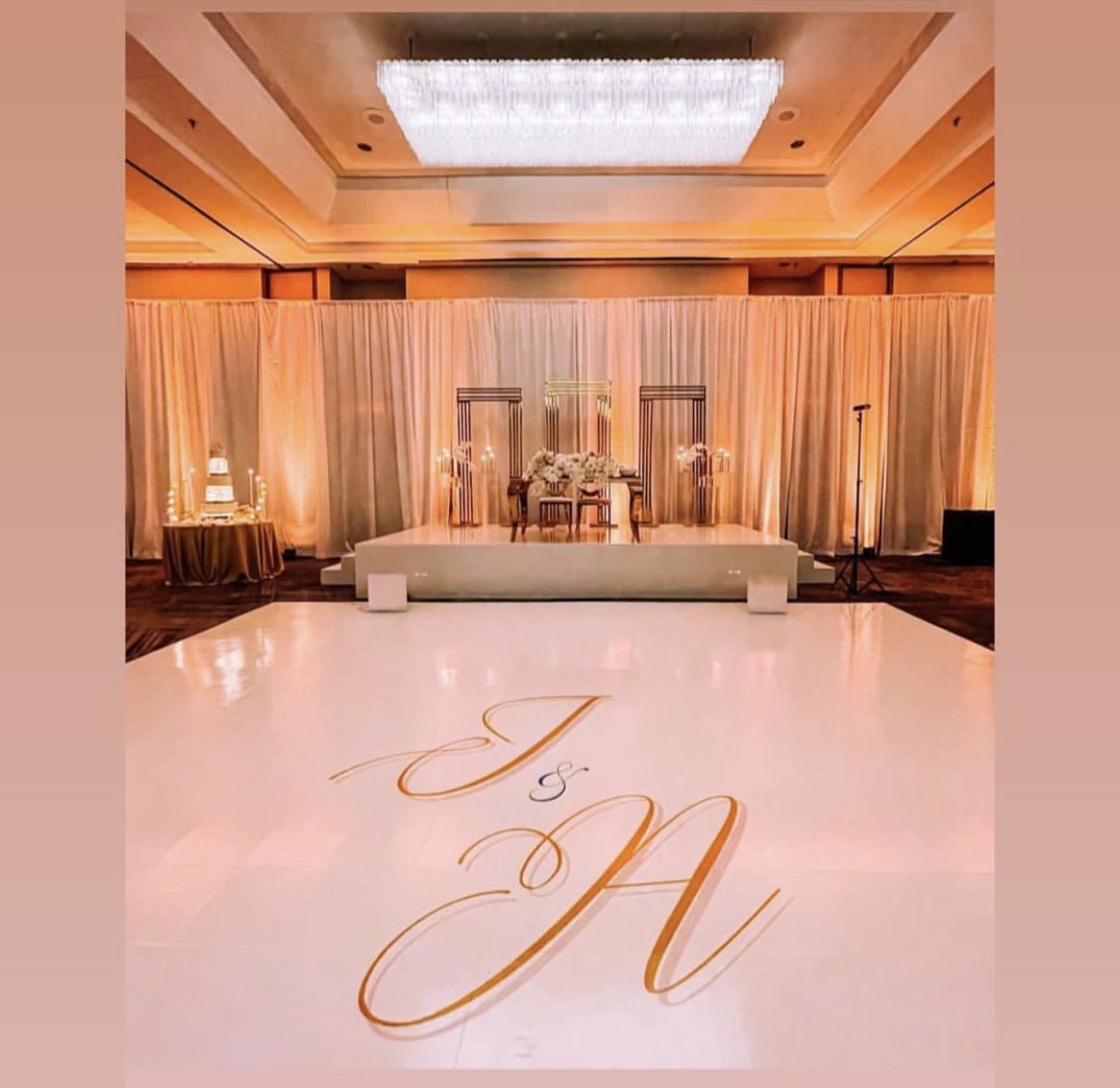Investigating the Diverse Substances That Transform Performance Floors into Stunning Visual Displays
Investigating the Diverse Substances That Transform Performance Floors into Stunning Visual Displays
Blog Article
Dance surfaces have evolved considerably over the years, transforming more than just a place to dance to melodies. Today, they are converted into breathtaking visual encounters through the use of multiple materials and techniques. These substances not only improve the visual appeal of the area but also improve the complete encounter for dancers and spectators alike. Comprehending the versatile substances that contribute to these dynamic environments can offer understanding into the art of dance floor creation.
One of the primary common substances used in contemporary dance floors is light-emitting diode lighting. LED lights are energy-efficient and can produce a broad variety of colors and effects. They can be integrated in the floor itself or used as part of a lighting setup over the dance floor. This innovation allows for synchronized light shows that can change in response to the music, creating an immersive encounter. The capability to configure these lamps means that they can be customized to match different themes or atmospheres, making each occasion unique.
Another crucial material is mirror-like materials, such as reflectors or polished tiles. These materials can create an illusion of area and depth, making the dance floor appear larger than it is. When performers move, their images can add an additional layer of visual appeal, enhancing the complete performance. Additionally, reflective surfaces can interact with lighting impacts, amplifying the colors and designs displayed on the floor. This combination of light and mirroring can enthrall spectators and boost the energy of the event.
In addition to illumination and mirror-like substances, the use of electronic screens has grown progressively popular in dance floor creation. These screens can show vibrant images, graphics, or even real-time feeds of the performance. By integrating electronic additional reading technology, event organizers can create a multi-sensory experience that involves both the performers and the audience. The ability to alter images in actual time allows for a dynamic environment that can adjust to the rhythm and energy of the music, making each instance feel new and exciting.
Furthermore, the selection of flooring material itself plays a crucial role in the overall experience. Traditional wooden dance floors are still favored for their strength and functional qualities. However, more modern materials like vinyl and elastic are becoming popularity due to their versatility and ease of maintenance. These materials can provide better shock absorption, minimizing the risk of injury for performers. Additionally, they can be designed with various textures and colors, allowing for creative expression in the dance floor's look.
In summary, the evolution of dance floors into breathtaking visual experiences relies on a combination of creative substances and technologies. LED lighting, mirror-like surfaces, electronic screens, and customized flooring materials all add to creating an captivating setting for performers and spectators. As innovation continues to advance, the possibilities for improving dance floor creation will only expand, making future occasions even more enthralling and memorable. Understanding these materials helps appreciate the artistry involved in creating spaces where movement and music come together harmoniously in harmony.